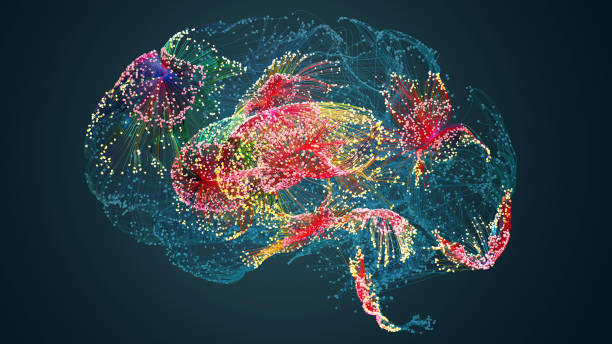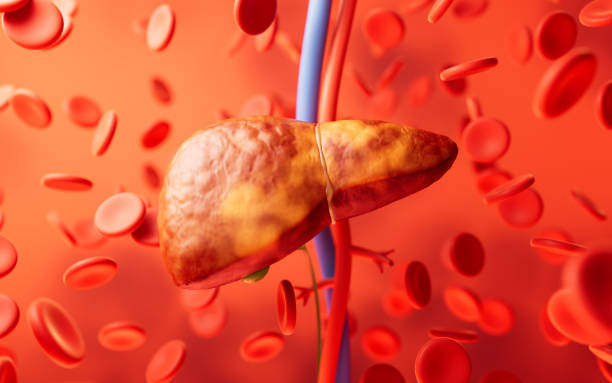By Morgan Nwanguma
A particular set of nerve cells in the brain stem seems to be in command of how semaglutide impacts on appetite and weight, without leading to nausea.
A particular set of nerve cells in the brain stem seems to be in command of how semaglutide impacts on appetite and weight, without leading to nausea. This is the finding by a team of researchers working in the University of Gothenburg that will possibly make the way for more preferred medications to take care of obesity.
Semaglutide is part of a group of medicines referred to as GLP-1R agonists and has been revealed to successfully decrease food intake in addition to body weight.
The drug has since been well recognised as an aspect of the therapy for overweight individuals as well as type 2 diabetic persons, but can lead to side effects like nausea and loss of muscles.
In a recent research project, a team of scientists at the Sahlgrenska Academy at the University of Gothenburg have revealed that it is very likely to differentiate the nerve cells within the brain that are in charge of the beneficial effects — such as abridged food ingestion and loss of fat — from the ones that contribute to side effects.
The research is published in the journal Cell Metabolism.
Activated nerve cells
To examine the ways semaglutide impacts on the brain, the team of scintists worked with rats.
They were able to trace which nerve cells were triggered off by the drug and were then given the enablement to stimulate these cells, without having to administer the drug itself.
The outcome was that the rats ate a reduced amount of food and lost weight, just as they did when administered with semaglutide.
As soon as these nerve cells were destroyed, the impact the drug has on appetite and loss of fat considerably reduced instead.
On the other hand, side effects like nausea and muscle loss stayed put.
“This suggests that these nerve cells control the beneficial effects of semaglutide. We have therefore identified a specific group of nerve cells that is necessary for the effects that semaglutide has on weight and appetite, but which does not appear to contribute to any significant extent to side effects such as nausea. If we can target the treatment there, we may be able to maintain the positive effects while reducing side effects,” says Júlia Teixidor-Deulofeu, first author of the study and PhD student at Sahlgrenska Academy at the University of Gothenburg.
The effect in the brain
The identified nerve cells are positioned in a part of the brain referred to as the dorsal vagal complex.
The researchers consider the study outcome as not just an early step toward potentially enhanced treatment; in addition, it brings about new knowledge concerning how semaglutide carries out its activities in the brain.
Furthermore, the research makes available more profound understanding pertaining to how the brain stem governs our energy balance.
“Semaglutide and other GLP-1R agonists are currently being prescribed to more and more people and are also being investigated for other potential indications such as substance use disorders and neurodegenerative diseases. It is important to understand how these drugs actually work. The better we understand this, the greater the opportunity we have to improve them,” says Linda Engström Ruud, researcher and supervisor to PhD students Júlia Teixidor-Deulofeu and Sebastian Blid Sköldheden, who both worked on the project.





